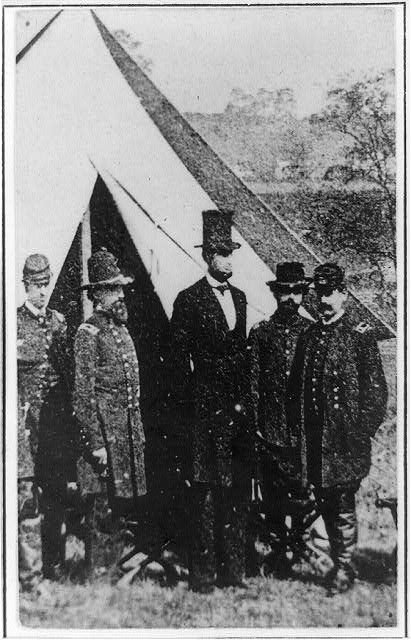and earn a good (Confederate) dollar
150 years ago this week a Richmond newspaper was offering top dollar for the material necessary for its publication.
From the Richmond Daily Dispatch April 22, 1863:
Rags! Rags!! Rags!!!
–The highest market price will be paid at this Office for all kinds of cotton and Linen Rags, in large or small quantities. Bring them in without delay.
And the Dispatch certainly tried to keep the home-front fired up for the war effort. It seems that it was irresistible to compare the Southern rebellion to the American Revolution. Who wouldn’t want fight a pampered despot?
From the Richmond Daily Dispatch April 23, 1863:
A Picture of Lincoln drawn from an old Gallery.
–Edmund Burke, while Great Britain was prosecuting the war against the American colonies, wrote the following to the Sheriffs of Bristol:
“The poorest being that crawls on earth, contending to save himself from injustice and oppression, is an object respectable to God and man. But I cannot conceive any existence under heaven (which in the depths of its wisdom tolerates all sorts of things,) that is more truly odious than an impotent, helpless creature, without civil wisdom or military skill; without a consciousness of any qualification for power; calling for battles which he is not to fight; contending for a violent dominion be can never exercise, and satisfied to be himself miserable in order to make others wretched.”
As the Newseum points out:
Before the 1880s, manufacturers made newspapers from cotton and linen rags boiled to a pulp, spread into a mold and dried between pieces of felt. These newspapers have a slightly thick texture and may feel rough to the touch. Due to the molding process, the edges of the paper are sometimes imperfect.
Depending on the purity of the rags, old newsprint usually appears white, cream or gray in color. There were times when cotton or linen materials were in short supply, and manufacturers printed on “necessity” paper such as wallpaper, cornhusks, lined notepaper or other suitable material.
Around 1880 wood pulp became the predominant material used to make newspapers.

